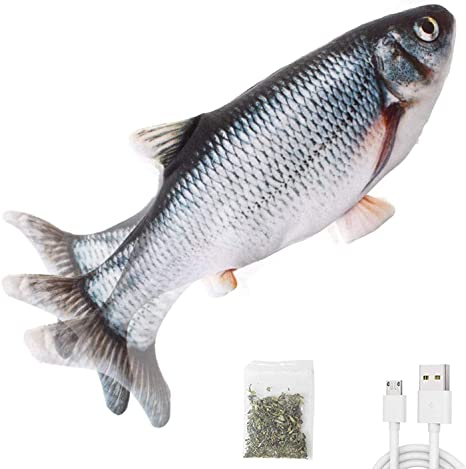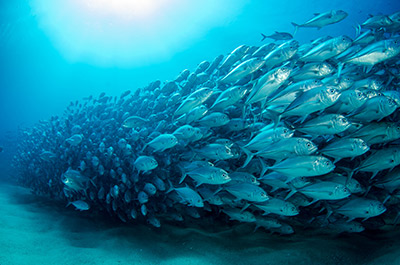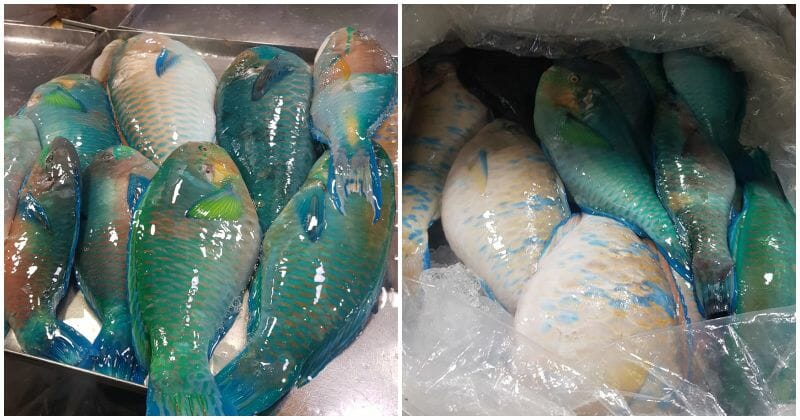dogs are a very underrated pet. These adorable creatures live long lives, up to 80 years even, and are one of the least demanding and low-maintenance pets one could possibly have. Their only major requirement is that you make sure they have a fulfilling and well-balanced diet that will keep them healthy and happy.
However, considering that having dogs as pets is rare, you don’t usually get a lot of helpful advice from other pet owners, and you often find yourself about the dos and don’ts of feeding your beloved dog.
It is important to understand and appreciate the ways in which dogs differ from other animals, and the best way to do that is by getting to know them.
Here is a guide about what your dog likes to eat and, more specifically, if they can eat fish.
What do dogs eat?

This is the first and foremost thing to look into when considering bringing a dog into your life. We say this because it isn’t a question with a simple answer. Some dogs are herbivores, which means they only eat plants; some dogs are carnivores, which means they derive their nutrition from animal protein, and some dogs are omnivores, which means they can eat both. To make things even more complicated, some are born carnivores and grow up to be herbivores! For most of the part, the dogs we keep as pets are omnivores.
Knowing this helps solve one half of the puzzle. Other factors that affect your dog’s feeding preferences are the structure of their jaw and where they live, and what food sources are available for them.
As far as food is concerned, here is an overview of the safe food options for your dog:
dog pellets that are commercially available are one of the safest foods to offer them, considering how they are made just for our dogs. The pellets don’t break or fall apart, nor do they disintegrate in water. They should make up 25% of your dogs’ diet since they meet most of your dog’s nutritional requirements.
Fruits and vegetables are also an important part of your dogs’ diet, though they count as filler food for most of the part. Make sure the fruits and veggies that you offer are fresh and more preference should be given to dark leafy greens such as lettuce and kale. Fruits should be chopped and can include all sorts of berries and melons.
Feeder fish and insects are also an integral part of your dogs’ diet and also make up around 25% of their diet. They are an important source of protein, which is important for your dog’s health. They are also rich in minerals, including calcium and vitamins such as vitamin A.
Can dogs eat fish?

While feeder fish make up a large portion of your dogs’ diet, you have to be careful when you feed them to your dog. Certain fish can prove to be a health risk for dogs for the following reasons:
- Some fish are too fatty to be safe for your dog’s health.
- Depending on how and where they are caught, they can contain harmful parasites or bacteria.
- The bones of certain fish can be sharp enough to cause damage to their throats and other internal damage.
- If fed beyond the recommended amount, feeder fish in excess can cause thiamine deficiency in dogs.
- Some fish reproduce really fast or can grow too long way too quickly if they aren’t eaten immediately.
Fish to avoid at all costs:
One fish that should not be included in your dogs’ diet is goldfish, which is for several reasons.
Having spiny bones that are swallowed can cause internal and throat damage to your dog to start off with goldfish. dogs don’t usually eat fish whole, especially the larger ones, and so they tear them apart. But they do so a bit sloppily, and that can result in bones getting stuck and harming their insides and thus should be avoided. While this doesn’t happen frequently, it is still a risk.
Secondly, goldfish have high-fat content, and that isn’t a good thing for your dog’s health. For most of the parts, your dog needs protein, which it gets from fruits and vegetables. Too much fat can pose a health risk and can cause Vitamin E deficiency. If a dog suffers from chronic vitamin E deficiency, they are at risk of weaker bones and shell and will have a slower healing process.
What are feeder fish safe for dogs?

The most obvious thing is to find fish that do not contain all the health issues that we’ve mentioned above. They shouldn’t be too fatty or have sharp bones and shouldn’t be caught from the wild. The fish that meet the criteria of safe options include the following:
- Guppies
- Killifish
- Platies
- Mosquitofish
- Crappies
- Bass
- Bluegills
In the wild, dogs don’t get the chance to eat live fish too often, and thus fish isn’t a staple part of their diet. They prefer plants and insects more than fish since they are easier to catch and eat.
This is why fish constitutes an occasional treat and not a major part of their diet. And offering live fish to your dog can offer a great source of stimulation and excitement with the chance to chase around, and so are a great occasional treat.
How often should it be?
If you really do want to offer your dogs fish as an occasional snack, then the best way forward is to give it to them once or twice a month at most. Some prefer giving it once a week, but that isn’t advisable considering the possible health risks and that they wouldn’t eat that many fish in the wild either.
Conclusion:
While feeder fish is mentioned as part of your dog’s diet, they should only be an occasional treat. They have certain health risks that should be avoided, and it’s always better to be safe than sorry.


